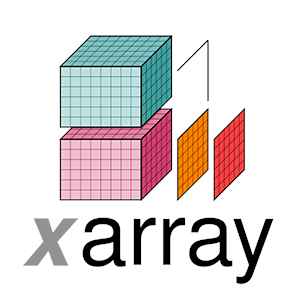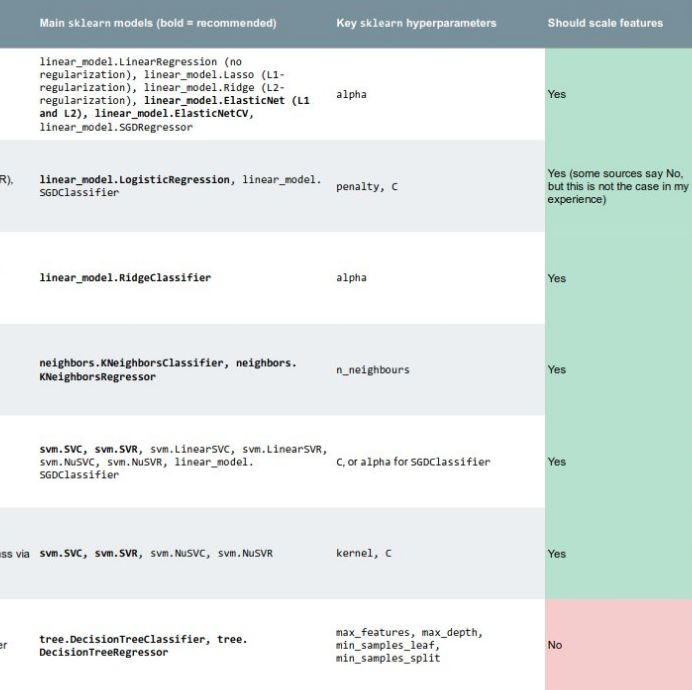Rockin' Around The Christmas Tree
/I expect you know at least one geoscientist. Maybe you are one. Or you want to be one. Or you want one for Christmas. It doesn't matter. The point is, it'll soon be Christmas. If you're going to buy someone a present, you might as well get them something cool. So here's some cool stuff!
Gadgets
There isn't a single geologist alive that wouldn't think this was awesome. It's a freaking Geiger counter! It goes in your pocket! It only costs USD 60, or CAD 75, or less than 40 quid! Absurd: these things normally cost a lot more.
OK, if you didn't like that, you're not going to like this IR spectrometer. Yes, a pocket molecular sensor, for sensing molecules in pockets. It does cost USD 250 though, so make sure you really like that geologist!
Back down to earth, a little USB microscope ticks most of the geogeek boxes. This one looks awesome, and is only USD 40 but there are loads, so maybe do some research.
Specimens
You're going to need something to wave all that gadgetry at. If you go down the well-worn path of the rock & mineral set, make sure it's a good size, like this 100-sample monster (USD 70). Or go for the novelty value of fluorescent specimens (USD 45) — calcite, sphalerite, and the like.
If minerals seem passé for a geologist, then take the pure line with a tour of the elements. This set — the last of it's kind, by the way — costs USD 565, but it looks amazing. Yet it can't hold a candle to this beauty, all USD 5000 of it — which I badly want but let's face it will never get.
Home
If you have a rock collection, maybe you want a mineralogical tray (USD 35) to put them in? The same store has all sorts of printed fabrics by designers Elena Kulikova and Karina Eibitova. Or how about some bedding?
These steampunk light switch plates are brilliant and varied (USD 50). Not geological at all, just awesome.
I don't think they are for sale, but check out Ohio artist Alan Spencer's ceramic pieces reflecting each of the major geological periods. They're pretty amazing.
Lego
My kids are really into Lego at the moment. Turns out there are all sorts of sciencey kits you can get. I think the Arctic Base Camp (USD 90) is my favourite that's available at the moment, and it contains some kind of geological-looking type (right).
I don't condone the watching of television programmes, except Doctor Who obviously, but they do sometimes make fun Lego sets. So there's the Doctor, naturally, and other things like Big Bang Theory.
You can fiddle with these while you wait for the awesome HMS Beagle model to come out.
Books etc.
A proven success — winner of the Royal Society's prestigious Winton Prize for science books this year — is Adventures in the Anthropocene: A Journey to the Heart of the Planet We Made, by Gaia Vince, Milkweed Editions, September 2015. Available in hardback and paperback.
Lisa Randall's Dark Matter and the Dinosaurs: The Astounding Interconnectedness of the Universe (HarperCollins) just came out, and is doing remarkably well at the moment. It's getting decent reviews too. Randall is a cosmologist, and she reckons the dinosaurs were obliterated by a comet nudged out of orbit by mysteriousness. Hardback only.
If those don't do it for you, I reviewed some sciencey comic books recently... or there's always Randall Munroe.
Or you could try poking around in the giftological posts from 2011, 2012, 2013, or 2014.
Still nothing? OK, well, there's always chocolate :)
The images in this post are all someone else's copyright and are used here under fair use guidelines. I'm hoping the owners are cool with people helping them sell stuff!
















 Except where noted, this content is licensed
Except where noted, this content is licensed